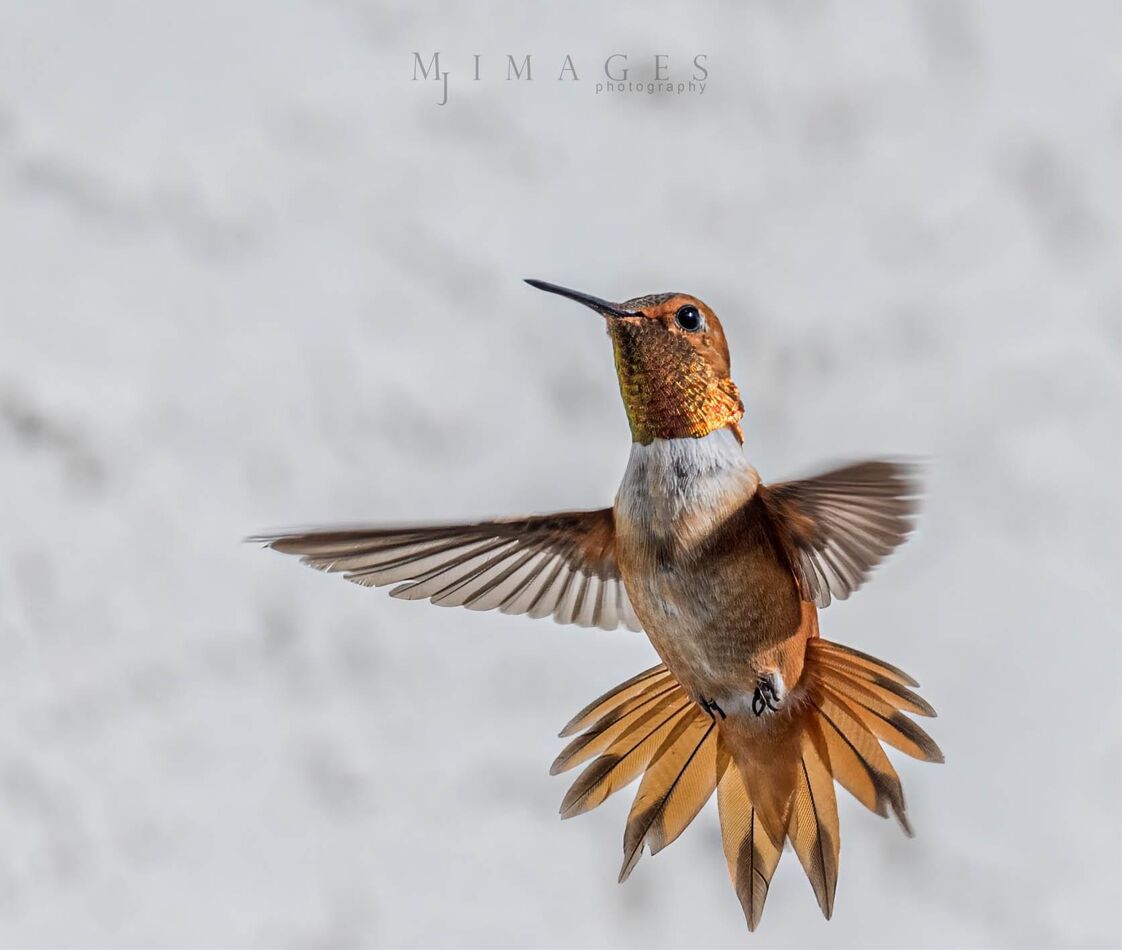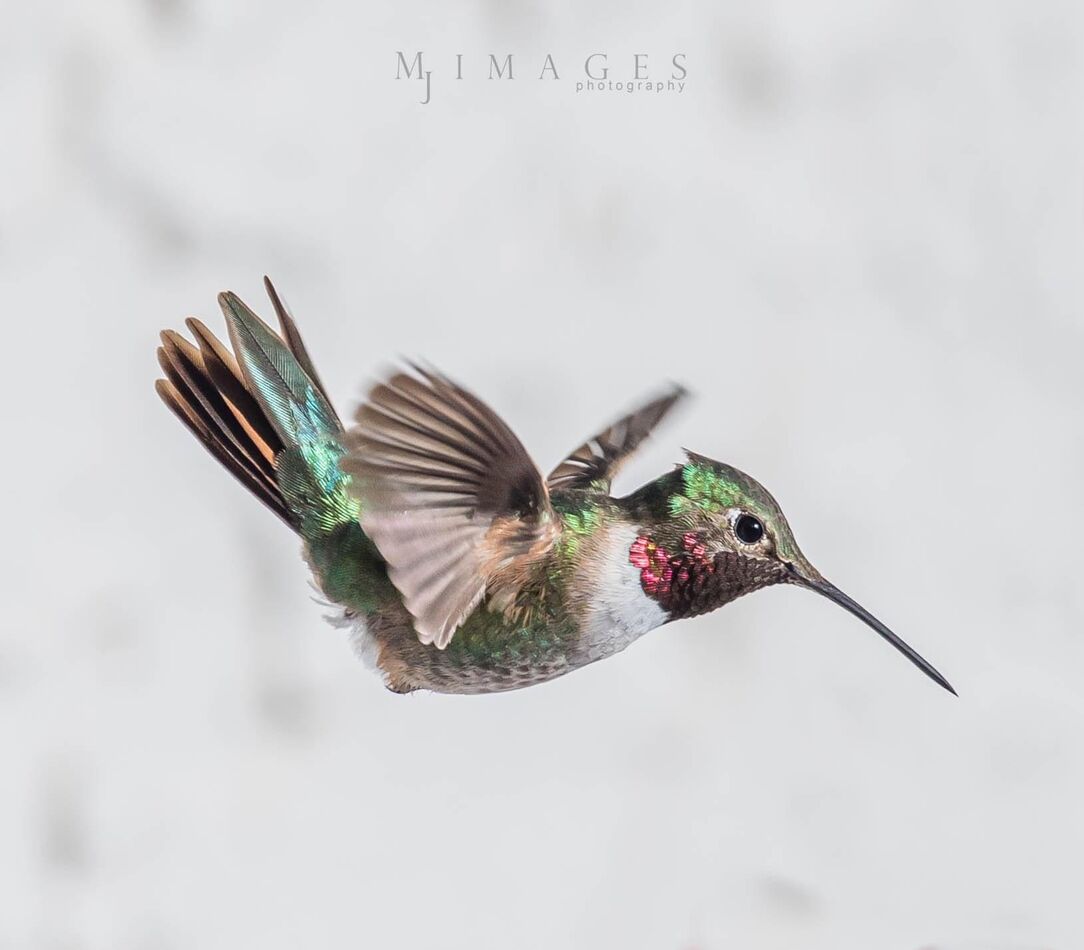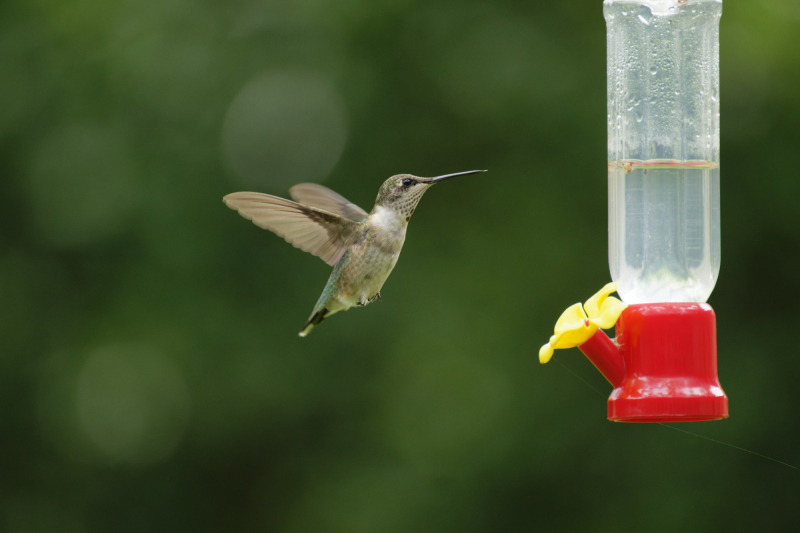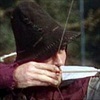Hummingbird settings
Sep 6, 2022 22:39:36 #
The hummer season is coming to an end soon and I am still trying to get good inages of the ones that frequent my feeder. The birds in the images are usually entirely blurred, not just the wings. Would appreciate advice on shutter settings, and other possible causes of the bluriness. I am using a Nikon D5600 on a tripod and a Vello Freewave Plus electronic release, and have several Nikon lens to choose from, 18-200, 35mm, 18-55, 12-24, etc. I can set the tripod up from about any distance but have been setting it up about 10' in the open to about 20' from inside my house with the windows open to prevent any reflections from the glass. I would appreciate suggestions from anyone experienced in taking hummingbird pictures but none that call for buying any more equipment. On-line discussions have not seemed to addres my questions but I probably have not stumbled on to the right one yet. You Tube suggestions would be helpful but only if they have CC as I have severe hearing loss.
Trapper1
Trapper1
Sep 6, 2022 23:06:33 #
trapper1 wrote:
The hummer season is coming to an end soon and I a... (show quote)
What shutter speed are you using? You may need to use a faster shutter speed.
Sep 7, 2022 00:07:58 #
trapper1 wrote:
The hummer season is coming to an end soon and I a... (show quote)
For as short your longest lens is you need to be much closer.
Sounds like a slow shutter speed, perhaps 1/4,000 sec.
Perhaps try a flash
Sep 7, 2022 02:46:01 #
I wonder, is your electronic release letting the camera focus...?
What lens are you using...your 18-200 should focus OK regardless of the distance..
Try taking a shot by using the camera shutter release, not the remote.
Turn your VR off if using a tripod..
What lens are you using...your 18-200 should focus OK regardless of the distance..
Try taking a shot by using the camera shutter release, not the remote.
Turn your VR off if using a tripod..
Sep 7, 2022 05:56:33 #
Sep 7, 2022 06:29:09 #
Juy
Loc: Delaware
Using the 5600 and 18-200 @100mm placed at 20 feet from subject set to f4.0 you should have about 1'8" of depth of field. Use a shutter speed minimum 1000, better if you can go higher like 2500. May need to let the iso float if you have auto iso, if not adjust according to light.oh and place lens in manual focus. Using a flash can really help to freeze motion if you can't get the high shutter speed. Best of luck
Sep 7, 2022 06:45:49 #
Sep 7, 2022 07:14:00 #
The Nikon D5600 has a couple of problems designed into it. First it has only 1/2 stops in the aperture not 1/3 stops like my any of my cameras. Secondly, has soon has you mount a strobe into the flash shoe the camera WILL change the shutter to 1/250. Much too slow for hummers. I'd forget the flash and set the ISO 1250 or higher with the shutter set around 1/2500. If you get a lot of noise Topaz Denoise AI will handle that for you.
Sep 7, 2022 07:39:22 #
Larryshuman wrote:
The Nikon D5600 has a couple of problems designed into it. First it has only 1/2 stops in the aperture not 1/3 stops like my any of my cameras. Secondly, has soon has you mount a strobe into the flash shoe the camera WILL change the shutter to 1/250. Much too slow for hummers. I'd forget the flash and set the ISO 1250 or higher with the shutter set around 1/2500. If you get a lot of noise Topaz Denoise AI will handle that for you.
Larry, FYI when using flash as the main source of light the shutter speed is not what stops motion. It’s the duration of the flash that freezes motion.
Sep 7, 2022 08:49:03 #
But with the slow 1/250 you will get large amounts of motion blur. The flash duration is around 1/25,000. Yes that will stop some action but without a good shutter speed the 1/250 will bite you in the butt.
Sep 7, 2022 08:49:07 #
Is there a reason why you have to stay indoors?
I built a habitat that I sit in myself...and pretty much everything accepted me after a week.
You could take shots of your hummers from three feet away if you invest some time.
Unless you cannot for some other reason.
Fast shutter...unless you want to show the blur...which at times is better.
I built a habitat that I sit in myself...and pretty much everything accepted me after a week.
You could take shots of your hummers from three feet away if you invest some time.
Unless you cannot for some other reason.
Fast shutter...unless you want to show the blur...which at times is better.
Sep 7, 2022 09:29:52 #
I shoot hummingbirds routinely, the only time I use a tripod w/gimbal is if I’m going to be staking out an area for extended periods of time. And even then, I end up taking my gear off the tripod so I can follow their movement precisely. The rest of the time it’s handheld, 1/1000 minimum, f/6.3 or 7.1, single point focus and auto ISO. I shoot with a Nikon D750 and Nikkor 200-500mm f/5.6 lens mostly at 500mm. (I also use back button focus, which allows me to track them continuously while attempting to get them in focus.) It still requires a lot of cropping to get closeups at that focal distance and I’m usually 10-20’ away. I watch their behavior — going in and out of the feeders and try to catch them hovering. I know you don’t want to buy more equipment but I found that shooting with my 70-200mm lens at 200mm was just too far away for such a small subject. I would suggest you sit as close as you can to the feeders/flowers and get them used to you being nearby. I sometimes use my bent knee to stabilize my gear until they come into view — then I don’t startle them when I raise my camera to take a shot. After awhile, they don’t even notice me. I get about 20% keepers because of how fast they move and my desire to get the eye in focus but the few good ones are enough to make my time worth it. Shooting with a cable release and through glass will not result in good images, IMO. Best of luck to you, it does take a lot of practice. These shots were taken at 1/2000, f/7.1, ISO 220, 500mm edited in LR and cropped to about 1/9th of the frame.


Sep 7, 2022 10:10:10 #
Juy
Loc: Delaware
Larryshuman wrote:
But with the slow 1/250 you will get large amounts of motion blur. The flash duration is around 1/25,000. Yes that will stop some action but without a good shutter speed the 1/250 will bite you in the butt.
Larry as you have said, flash duration is around 1/25000. It being the light for exposure,even at 1/60 ss you still are only exposing at 1/25,000 ,there will be no motion blur. The sensor will only record that brief moment of light. An added benefit is the background will not be lite due to inverse square law,giving you a very dark background and well lite subject.

Sep 7, 2022 10:15:12 #
trapper1 wrote:
The hummer season is coming to an end soon and I a... (show quote)
You do not need more gear. Lose the shutter release. Hummers require effort to capture, and that includes hours of sitting and waiting. Even when the birds are present you will need to be vigorously watching their every moves. One of the beauties they provide is their elusiveness and speed. Speed requires camera work not usually found in nature. You need to crank up your shutter speed to at least 1/2500 sec. The wings are moving at a rate of up to 80 beats per second. Freezing those wings requires at least 1/4000 sec or higher. That means sunlight is at a premium. Without it you have little chance at success. Your distances are fine for your lens, but you can get closer to your feeders. Hummers are not afraid of humans, just some of their actions. Sudden movements are fatal for your chances, avoid them at all costs. Strange and loud sounds will also drive the birds away. Flash is a very derisive measure sure to drive birds away, and hummers have memories. Sudden bright lights are invasive to animals as are noises. Hummers like familiarity, and that includes the settings, feeders, nectar, persons, and time of day. Most people who chase hummers for shooting learn to sit and wait. Birds will come to the feeders whether people are present or not. Be there, sit and wait. Have patience and make slow movements. I have experienced birds flying to within a foot or two from my head just to make their presence known to me. Most are inquisitive, love to play, and friendly. That makes working with them as models much easier. Above all, learn to completely relax in their environment. That can make shooting them very pleasurable. Keep track of your experiences and note any changes, there will be many. Most importantly, have fun and enjoy your experiences. Best wishes.
Sep 7, 2022 10:47:57 #
trapper1 wrote:
The hummer season is coming to an end soon and I a... (show quote)
I have been taking pics of hummers in my backyard during the last week. (Nikon D500 and Z9). Here are some tips for you:
Lens-focal length to allow you to get close and fill the frame with the bird. Ideally this means a 400mm or a 500mm lens. Or a 70-200mm with a teleconverter. Use your longest lens and shoot outdoors. Window glass will lower image quality.
Set the camera to AF-C (Contnuous shooting) High--use your max frames per sec.
AF setting. Try AF Area Mode Dynamic 9 or 25. Do not use S for single point unless the bird is perched and motionless. Focus on the eye and try and get the bird parallel to the sensor.
Shutter speed. The bird has two movements you need to factor into your setting--wings and wing position and the bird itself. To freeze wings you need about 1/1250 to 1/4000. For the bird itself, 1/160-1/1000. The bird does not move much when it is acquiring nectar or has moved off from the nectar source and for these situations a slower shutter speed can be used to make the bird look sharp, but the wings will be blurred. Some like blurred wings; some like frozen wings. I do both and always experiment.
I use Auto ISO and set a minimum shutter speed as part of that set up. I also use Aperture priority. Lens f stop might be set to wide open or I might stop down one or to stops depending on light and backgrounds.
Flash is a personal choice. When I use it, I use High speed flash usually in rear curtain synch.
When outdoors, try and not to move your body or camera when you first see the hummer. Wait until it is on the nectar source. Then move slowly. Add small amounts of sugar water to flowers where you want the hummer to land. This helps them come to you rather than you chasing them.
Attached image taken with a Z9 and 500mm f5.6 pf lens. 1/800. f8.

If you want to reply, then register here. Registration is free and your account is created instantly, so you can post right away.








